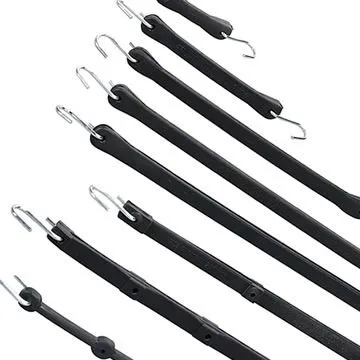9 月 . 06, 2024 13:44 Back to list
Difference Between Gypsum and PVC Ceiling
When it comes to choosing the right materials for ceiling installations, gypsum and PVC (polyvinyl chloride) ceilings have become popular options. Each material has distinct characteristics, advantages, and disadvantages that may influence homeowners' and builders' decisions. Understanding the differences between gypsum and PVC ceilings can help in making an informed choice based on aesthetic preferences, functionality, and budget considerations.
When it comes to choosing the right materials for ceiling installations, gypsum and PVC (polyvinyl chloride) ceilings have become popular options. Each material has distinct characteristics, advantages, and disadvantages that may influence homeowners' and builders' decisions. Understanding the differences between gypsum and PVC ceilings can help in making an informed choice based on aesthetic preferences, functionality, and budget considerations.
However, gypsum ceilings are susceptible to moisture damage. In areas with high humidity or water exposure, such as bathrooms or kitchens, gypsum ceilings can warp, sag, or develop mold. Thus, special moisture-resistant variants are often required for these spaces, increasing overall costs. Another drawback is the relatively complex installation process, which usually requires professional expertise to ensure a flat and even finish.
difference between gypsum and pvc ceiling

On the other hand, PVC ceilings are made from synthetic plastic materials that offer several unique benefits. One of their most significant advantages is their waterproof quality, making them ideal for use in humid areas without the risk of deterioration. PVC ceilings are also lightweight and easy to install, often requiring no adhesive or special tools, which can save on labor costs and time. Additionally, they come in a wide range of designs, colors, and textures, allowing for creative freedom in interior design.
However, PVC ceilings are less robust than gypsum options when it comes to fire safety. While they may ignite, treated PVC can have a higher flame-retardant quality compared to untreated materials. Furthermore, while PVC ceilings can provide a modern aesthetic, they may lack the premium and sophisticated appeal that traditional gypsum ceilings offer.
In conclusion, the choice between gypsum and PVC ceilings ultimately depends on the specific needs and preferences of the space in question. For those prioritizing fire resistance and sound insulation, gypsum might be the better choice, while PVC options shine in moisture-prone areas and ease of installation. Evaluating these differences can guide decision-making in ceiling materials, ensuring both functionality and aesthetics align with the vision for the project.
-
Revolutionizing Interior Design with Ceilings t grid Suspended SystemNewsOct.29,2024
-
Revolutionizing Ceiling Design with ceiling access panel with Gypsum Tile WaterproofNewsOct.29,2024
-
Revolutionizing Interior Design with PVC Gypsum Ceiling: A Comprehensive GuideNewsOct.29,2024
-
Elevating Interior Design with High quality Mineral Fiber Ceiling TilesNewsOct.29,2024
-
Revolutionizing Interior Design with PVC Gypsum Ceiling: A Comprehensive GuideNewsOct.29,2024
-
Elevating Interior Design with High-Quality Mineral Fiber Ceiling Tiles: A Comprehensive GuideNewsOct.29,2024







